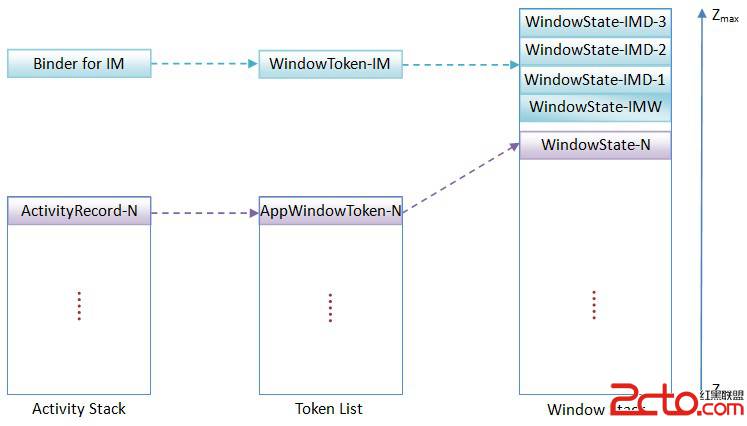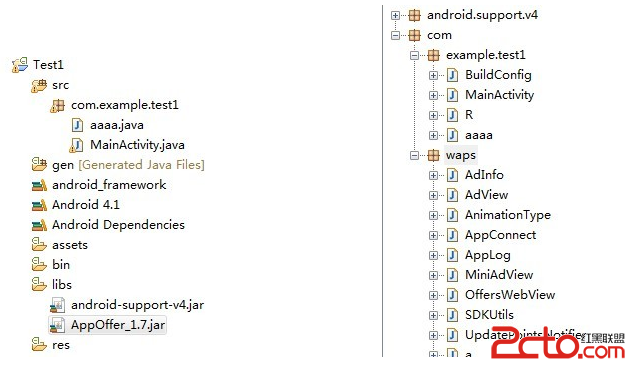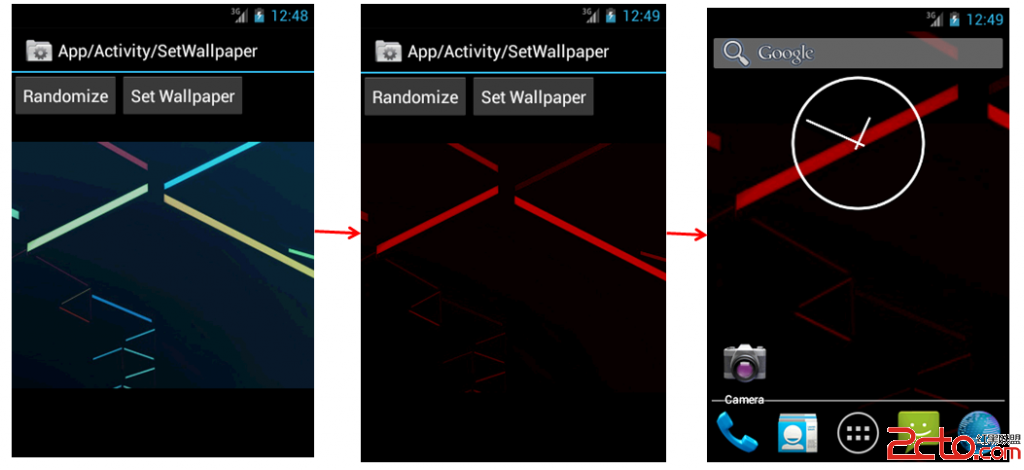Android 升级 ADT 之后报错之一 case语句
下面文章大意是指:在一般的Android项目中,R类的常量都是用final定义的,但ADT 14之后,如果在library 项目中,它会没有final关键字,
估计在新ADT中,资源文件会变成一个library...,
在switch语句的case中,如果使用 R.id.xxx 则会提示有问题,不允许非常量在case语句中。
Google提供的一个方法就是把它转化为if-else语句,即在switch语句处 Ctrl+1 然后可以替换成if-else.语句。
Non-constant Fields in Case Labels
In a regular Android project, constants in the resource R class are declared like this:
public static final int main=0x7f030004;
However, as of ADT 14, in a library project, they will be declared like this:
public static int main=0x7f030004;
In other words, the constants are not final in a library project. The reason for this is 易做图: When multiple library projects are combined, the actual values of the fields (which must be unique) could collide. Before ADT 14, all fields were final, so as a result, all libraries had to have all their resources and associated Java code recompiled along with the main project whenever they were used. This was bad for performance, since it made builds very slow. It also prevented distributing library projects that didn't include the source code, limiting the usage scope of library projects.
The reason the fields are no longer final is that it means that the library jars can be compiled once and reused directly in other projects. As well as allowing distributing binary version of library projects (coming in r15), this makes for much faster builds.
However, it has one impact on the source code of the library. Code of the following form will no longer compile:
int id = view.getId();
switch (id) {
case R.id.button1:
action1();
break;
case R.id.button2:
action2();
break;
case R.id.button3:
action3();
break;
}
That's because the switch statement requires all the case labels, such as R.id.button1, to be constant at compile time (such that the values can be directly copied into the .class files).
The solution for this is 易做图: Convert the switch statement into an if-else statement. Fortunately, this is very easy in Eclipse. Just place the caret on the switch keyword, and press Ctrl-1 (or Cmd-1 on Mac):
In the above scenario, it will turn the switch statement into this:
int id = view.getId();
if (id == R.id.button1) {
action1();
} else if (id == R.id.button2) {
action2();
} else if (id == R.id.button3) {
action3();
}
This is typically in UI code and the performance impact is negligible.
We have a detector which finds these errors (non-constant case labels referencing an R field) and provides a brief explanation of the problem (and points to this page for more information.)
More information about the automatic detection.
P.S. If your switch statement looks like this:
switch (view.getId()) {
then you end up with an inefficient if/else chain where each if check repeats the view.getId() call. Just extract this expression first (using the "Extract Local Variable" refactoring keystroke), then convert the switch statement.
http://tools.android.com/tips/non-constant-fields
摘自 wchinaw
摘自
补充:移动开发 , Android ,




